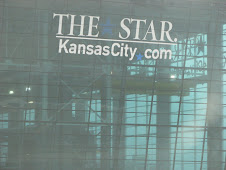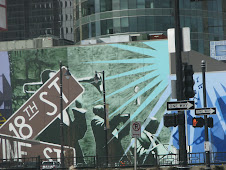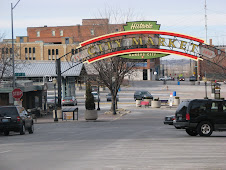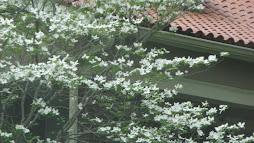Although the skyline has not really changed much during the last fifty years, many of the lower-level buildings have been removed to make room for larger parking lots. So, something must have been happening. One thing was happening: people were riding the buses less. Everyone wanted to drive to work. Those were the days when Americans were able to be individidualists; one could ride the bus, join a motor pool, ride a bike or drive an eight-cylinder auto without a lot of air-control devices that would later raise both the prices of autos and fuels. It was a time when highways were considered the only way to get to town, at least in the midwest. Consequently, Kansas City never developed any type of light rail system to keep the traffic light. Traffic finally became an issue. But no problem, many of the large firms and employers moved out of the downtown into the far reaches of the metro area. Johnson County in Kansas became a big megaplopalus; another MEGAPLOPALUS THAT HAS ONLY BEGUN TO REACH ITS ZENITH is Clay County and the area around the big KCI or MCI, THE INTERNATIONAL AIRPORT. THERE IS STILL PLENTY OF ROOM FOR EXPANSION. BUT NOW, AGAIN THE DOWNTOWN IS UNDERGOING A RENAISSANCE WITH THE NEW SPRINT CENTER. Kansas City, Missouri remains to be an enigma, a legend in its own time, the city where barbeque remains supreme and the downtown area always in a state of urban reknewal. It is a unique city, not nearly a million yet, but a place where people pass through on their way to someplace else and decide to stay. In many ways, Kansas City is a small town with enough small skyscrapers to make one think it is a city on its way up. It's been this way since the late 1950s. Join me next month when I will be talking about Kansas City, Kansas and other unique areas like Raytown, Grandview, Independence, Lee's Summit and a few other communities that make KC one of the largest metro areas (in land mass) in the United States
Thursday, February 26, 2009
Subscribe to:
Post Comments (Atom)











No comments:
Post a Comment